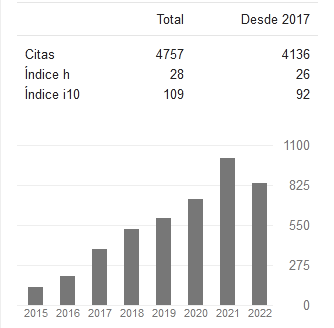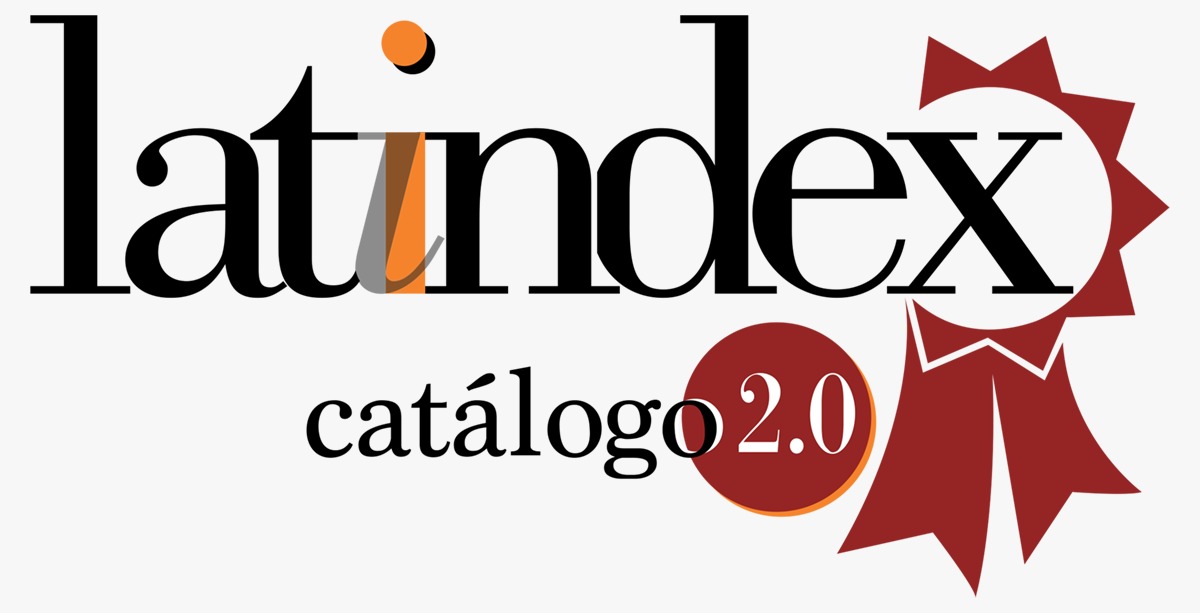THINK ALOUD TECHNIQUE WITH INTERCULTURAL TOPICS TO PROMOTE MORE STUDENT´S SPEAKING AND DEVELOP THE INTERCULTURAL COMPETENCE
Palabras clave:
aloud reading; intercultural communicative competence; foreign language teaching; reading strategies.Resumen
The present study was focused on how the technique think aloud could help students to get strategies to improve their reading and speaking skills, relating cultures around the world and compare them with the local culture. The study was conducted with the research-action methodology, having a population of 18 students from second semester. As results, the study showed that students did not have reading strategies to handle short reading (for their level, A2). They also had problems in speaking. They could not express their opinion from what they had read and bad habits of translating words not according to the context. Students were trained into some reading strategies. The readings selected were based on cultural aspects in order to develop cultural awareness. At the end of the study, students could improve their reading skill, express their opinion from the text they had read and develop awareness with the cultures discussed in the readings. They also could learn how to guess the meaning of the words in context, which was the most difficult part for the students.
Descargas
Citas
Byram, M. (1997). Teaching and assessing intercultural communicative competence. Clevedon: Multilingual Matters.
Chen, G., & Starosta, W., J. (1996). Intercultural communication competence: a synthesis. En B. Burleson (Ed.), Communication yearbook (pp. 353-383). Thousand Oak: Sage.
Collier, M. J. (2015). Intercultural communication competence: Continuing challenges and critical directions. International Journal of Intercultural Relations, 48(Supplement C), 9-11. doi:https://doi.org/10.1016/j.ijintrel.2015.03.003
Corbett, J. (2003). An intercultural approach to english language teaching. Clevedon: Multilingual Matters.
Davey, B. (1983). Think aloud: modeling the cognitive process of reading comprehension. Journal of Reading, 27(1), 44-47.
Deardorff, D. K. (2006). Identification and assessment of intercultural competence as a student outcome of internationalization. Journal of Studies in International Education, 10(3), 241-266. doi:10.1177/1028315306287002
Glanz, J. (1998). Action research: an educational leader's guide to school improvement. Lanham: Rowman & Littlefield.
Gower, R., Phillips, D., & Steve, W. (2007). Teaching practice: a handbook for teachers and trainers. Oxford: Macmillan.
Grellet, F. (1981). Developing reading skills. New York: Cambridge University Press.
Hall, E., T. (1959). The silent language. New York: Doubleday.
Harmer, J. (2007). How to teach English. Edinburgh: Pearson.
Hedge, T. (2000). Teaching and learning in the language classroom. Oxford: Oxford University Press.
Hedgscock, J., & Ferris, D. (2009). Teaching readers of English: students, texts, and contexts. New York: Routledge.
Moran, P. (2001). Teaching culture: perspectives in practice. Boston: Heinle and Heinle.
Nikou, F., R, Bonyadi, A., & Bakhshalinezhad, L. (2015). Using the think-aloud technique for determining different reading strategies used by iranian EFL learners. Advances in Language and Literary Studies, 6(3), 15-22. Recuperado de http://www.journals.aiac.org.au/index.php/alls/article/view/1467/1427
Patel, M., & Jain, P. (2008). English language teaching: methods, tools and techniques. Jaipur: Sunsire Publisher and Distributions.
Scrivener, J. (2011). Learning teaching: the essential guide to English language teaching. Oxford: Macmillan.
Yayli, D. (2010). A think-aloud study: Cognitive and metacognitive reading strategies of ELT department students. Egitim Arastirmalari - Eurasian Journal of Educational Research, 10(38), 234-251.
Descargas
Publicado
Cómo citar
Número
Sección
Licencia
Derechos de autor 2020 Carlos Humberto Chancay Cedeño , María Dolores Chávez Loor, Karina Luzdelia Mendoza Bravo

Esta obra está bajo una licencia internacional Creative Commons Atribución 4.0.
Usted es libre de:
- Compartir — copiar y redistribuir el material en cualquier medio o formato
- Adaptar — remezclar, transformar y construir a partir del material para cualquier propósito, incluso comercialmente.
Bajo los siguientes términos:
- Atribución — Usted debe dar crédito de manera adecuada, brindar un enlace a la licencia, e indicar si se han realizado cambios. Puede hacerlo en cualquier forma razonable, pero no de forma tal que sugiera que usted o su uso tienen el apoyo de la licenciante.
- No hay restricciones adicionales — No puede aplicar términos legales ni medidas tecnológicas que restrinjan legalmente a otras a hacer cualquier uso permitido por la licencia.













































